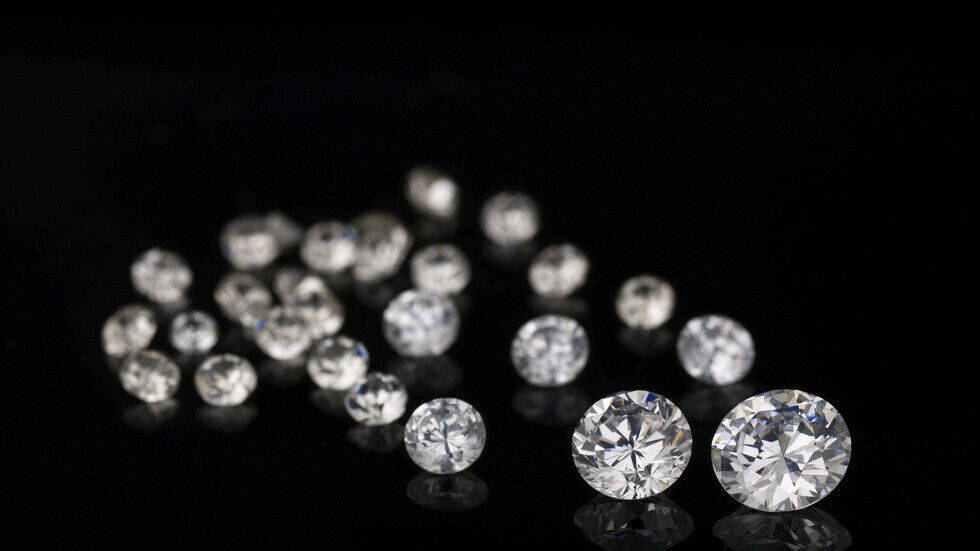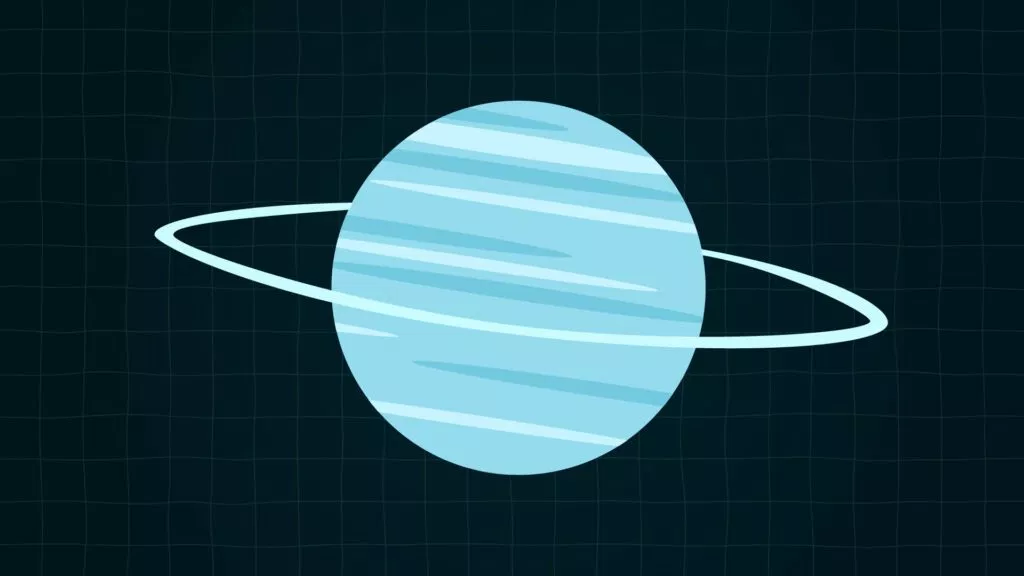Scientists prove it's raining diamonds on Uranus and Neptune
Researchers in a lab have recreated the ‘diamond rain’ phenomenon that occurs on the giant icy planets that make up our solar system, namely Neptune and Uranus.
it’s raining diamonds in the cosmos. No, this is not a fairy tale but reality. These precious stones are formed almost 5,000 miles below the surface, at the heart of Neptune and Uranus, the two icy giants of our solar system. But how is this phenomenon possible?
In order to understand it, you should know that the two planets, which are the furthest away from our system, have solid cores and an atmosphere very rich in gases, in particular hydrogen and helium. Neptune and Uranus are also composed of water, ammonia, and hydrocarbons such as methane formed of hydrogen and carbon.
However, scientists have long since hypothesised that these elements give rise to a surprising phenomenon: due to the high temperatures and high pressures in the depths, the hydrocarbons are forced to transform into small ‘diamonds,’ then falling into the depths of the planets. This could also be the case on Saturn and Jupiter.
From assumptions to demonstration
While this phenomenon had only been a supposition until now, an international team of researchers were able to confirm it in 2017 by recreating the process in the laboratory. The extremely powerful X-ray laser at the Stanford Linear Accelerator Centre (SLAC) made it possible to carry out the experiment.
During the experiment, the researchers used a plastic material, more precisely polystyrene, which has the particularity of containing a similar mixture of carbon and hydrogen atoms to that found on the planets Uranus and Neptune. This polystyrene was then bombarded with a laser in order to create a pair of shock waves in the plastic with the right combination of temperature and pressure. Dominik Kraus, lead author of the study published in the Nature Astronomy journal, explained:
The first shock wave is smaller and slower, it is caught by the second, stronger wave. It is when the shock waves coincide that the pressure reaches a peak and most diamonds are formed.
Using an X-ray diffraction technique, the team then managed to observe the small diamonds.
The experiment not only yielded information about the diamonds but also analysed the details of the chemical reaction. Dirk Gericke, a researcher at the University of Warwick and co-author of the study, explained:
You really see the atomic structure of the diamond.
Dominik Kraus added:
When I saw the results of this latest experiment, it was one of the best moments of my scientific career.
Diamonds of millions of carats
While the diamonds produced in the experiment were miniature, i.e., a few nanometres in diameter, those formed on the planets are much larger and could reach several million carats according to specialists. They also believe that, over thousands of years, the diamonds may have slowly sunk and assembled to form a thick layer around the nuclei of the planets.
? A New Mission to Uranus
In addition to confirming a theory, these observations gently lift the veil on one of the mysteries surrounding the ‘ice giants’ about the evolution of their atmospheric temperatures, while other planets could also hide large quantities of diamonds, such as the planet 55 Cancri-e. Even though Uranus, for example, has the coldest atmosphere in the Solar System, the two gaseous planets are warmer than expected. Dominik Kraus, quoted by The Guardian, added:
These diamonds sink because they are heavier than the surrounding environment and when they fall, it creates friction with the surrounding environment and, at some point, when they reach the core, they are stopped and all this generates heat.
But the perspectives of these findings do not stop here. The lasers used in this study could be useful in the creation of nanodiamonds for industrial applications. Dirk Gericke concluded:
There is a demand to create artificial diamonds, even small ones. The question is whether you can do the same thing with lasers, in a more efficient way.
Uranus 101 | National Geographic
https://www.gentside.co.uk/space/scientists-prove-it-s-raining-diamonds-on-uranus-
and-neptune_art6897.html



